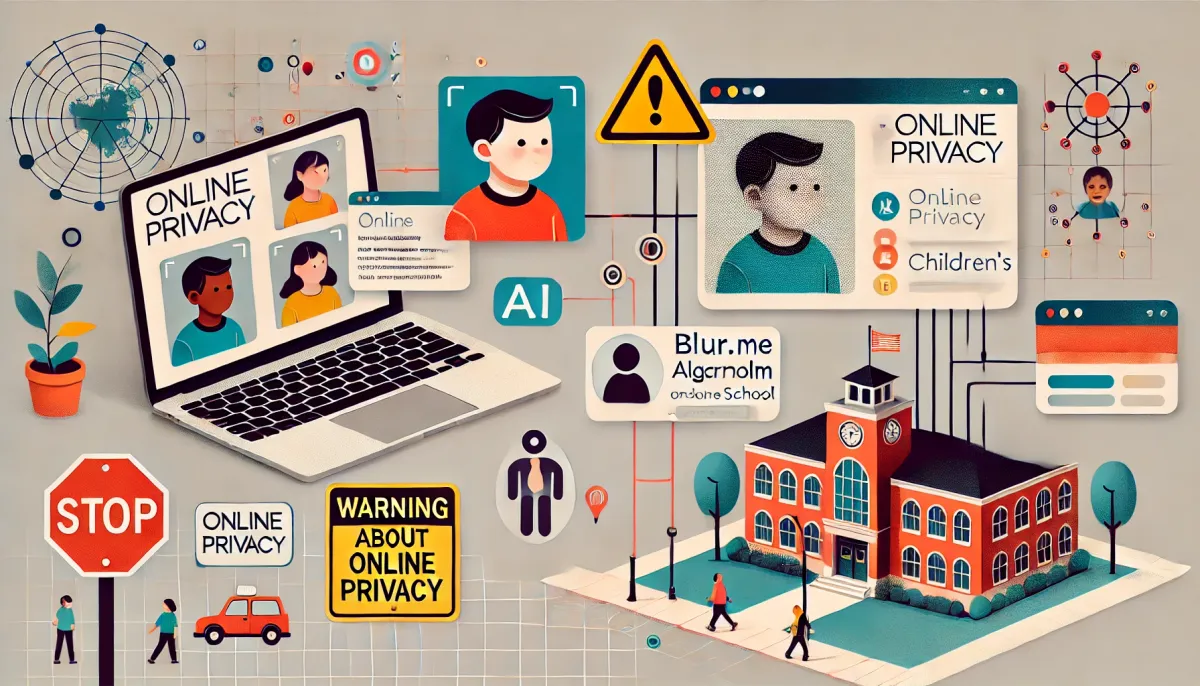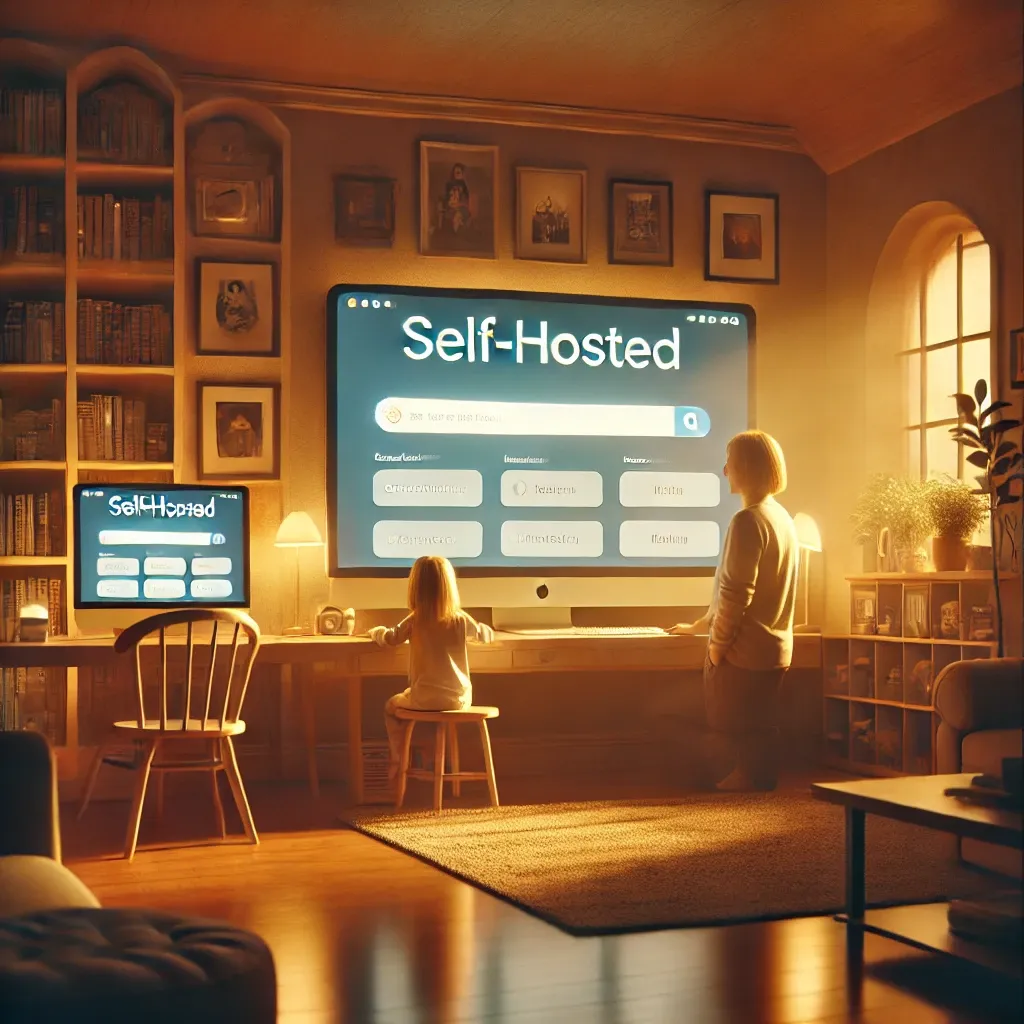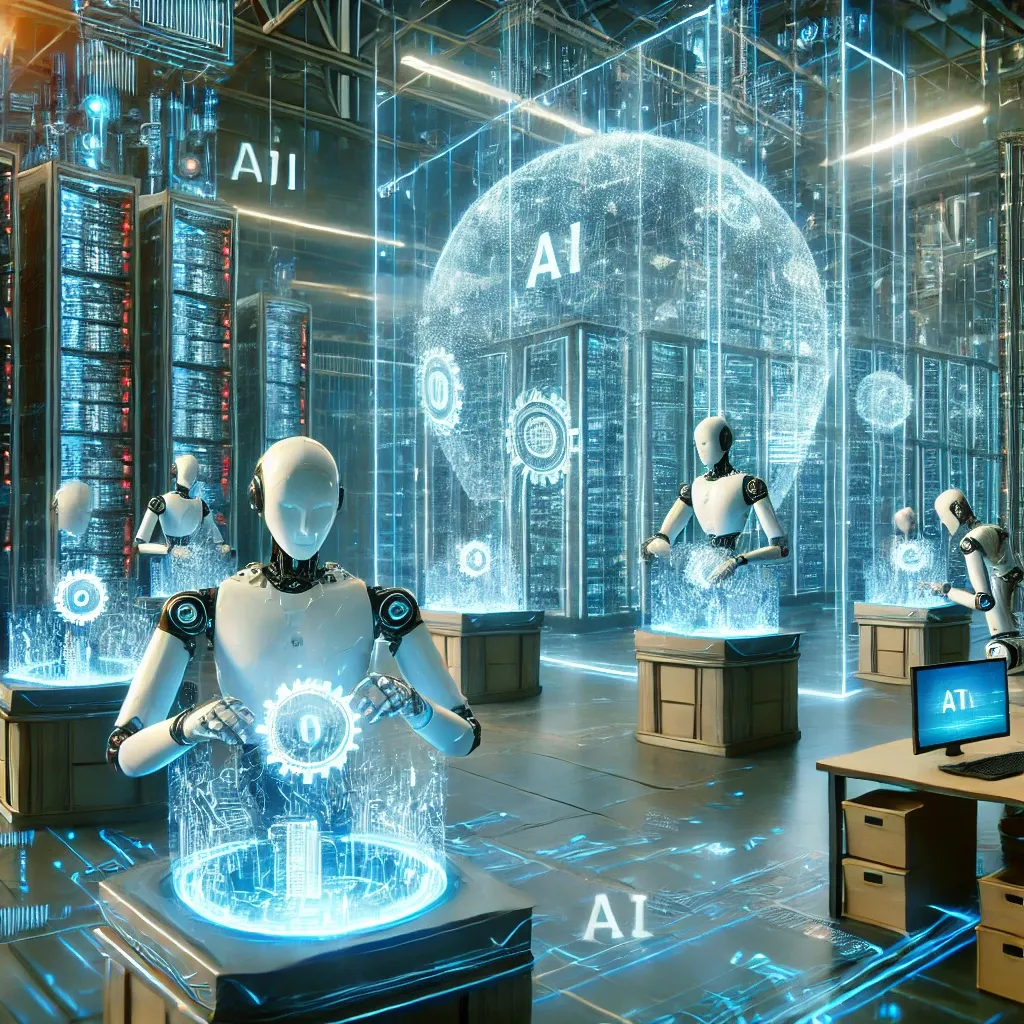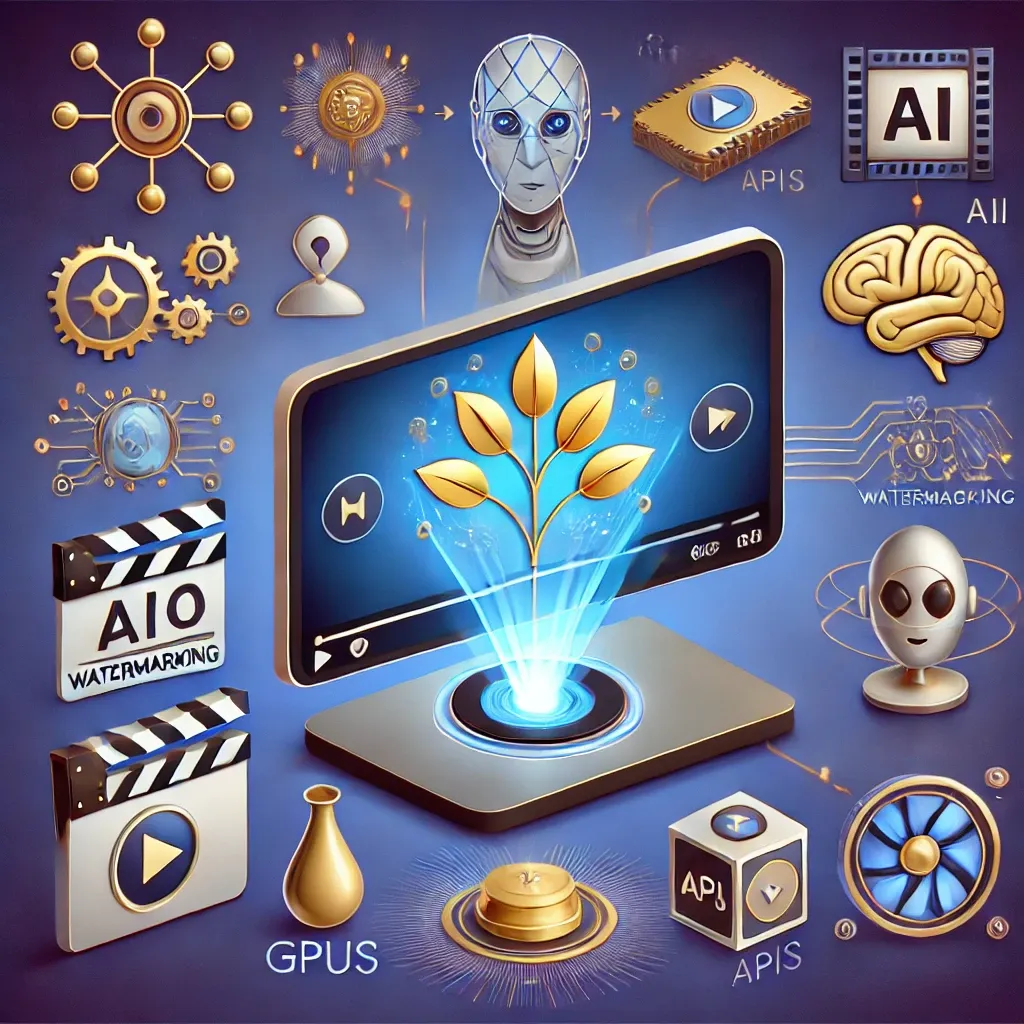The Growing Concern of Children's Photos Online and AI Training Datasets
AI is sucking up photos online. If you want to protect your privacy, or the privacy of your kids, it's recommended to blur their faces.

In an increasingly digital world, the safety and privacy of children's images online have become a pressing concern. Having previously run blur.sbs, a site dedicated to blurring faces in images and videos, I have long warned about the potential risks associated with posting children's photos online. Although I couldn't afford the domain blur.me, it has since been acquired by someone else who has done an excellent job. The site, blur.me, blurs faces in photos without the need to upload the images, making it ideal for those concerned about privacy. Users can even select which faces to blur, ensuring only certain faces in a photo are obscured.
Despite these tools, the issue persists and has even escalated. One of the most alarming developments is the use of children's photos in large datasets to train artificial intelligence (AI) models. These datasets often scrape images from the internet indiscriminately, leading to the inclusion of countless photos of minors. The consequences of this are far-reaching and concerning.
The Risks of Children's Photos Being Online
- Privacy Invasion: Once a child's photo is online, it can be virtually impossible to control who sees it or how it is used. These images can be shared, downloaded, and repurposed without the parents' consent or knowledge.
- Identity Theft: Photos of children can be used to create fake profiles or even stolen identities. This can lead to a range of issues, from financial fraud to more severe security breaches.
- Location Tracking: Perhaps one of the most frightening examples of the risks involved is the ability to trace children back to specific locations. In a notorious case, someone was able to trace a 3 and 4-year-old back to their preschool in Australia using publicly available photos. This exposes children to the risk of being physically located and potentially targeted by malicious individuals.
- AI Training: The use of children's photos in AI training datasets means these images can be utilized in ways never intended by the parents or guardians. AI models trained on these images can perpetuate privacy violations and contribute to broader societal issues, including unauthorized surveillance and deepfake creation.
The Need for Vigilance and Privacy Tools
While the convenience of sharing photos online is undeniable, it is crucial for parents to remain vigilant about the potential risks. Tools like blur.me offer a practical solution by allowing users to blur faces in their photos without uploading them, thus maintaining a higher level of privacy. These tools are essential in the fight to protect children's privacy in an increasingly interconnected world.
In conclusion, the digital age demands heightened awareness and proactive measures to safeguard children's images online. By utilizing privacy-enhancing tools and being mindful of the potential dangers, we can help ensure that our children's digital footprints remain safe and secure.




